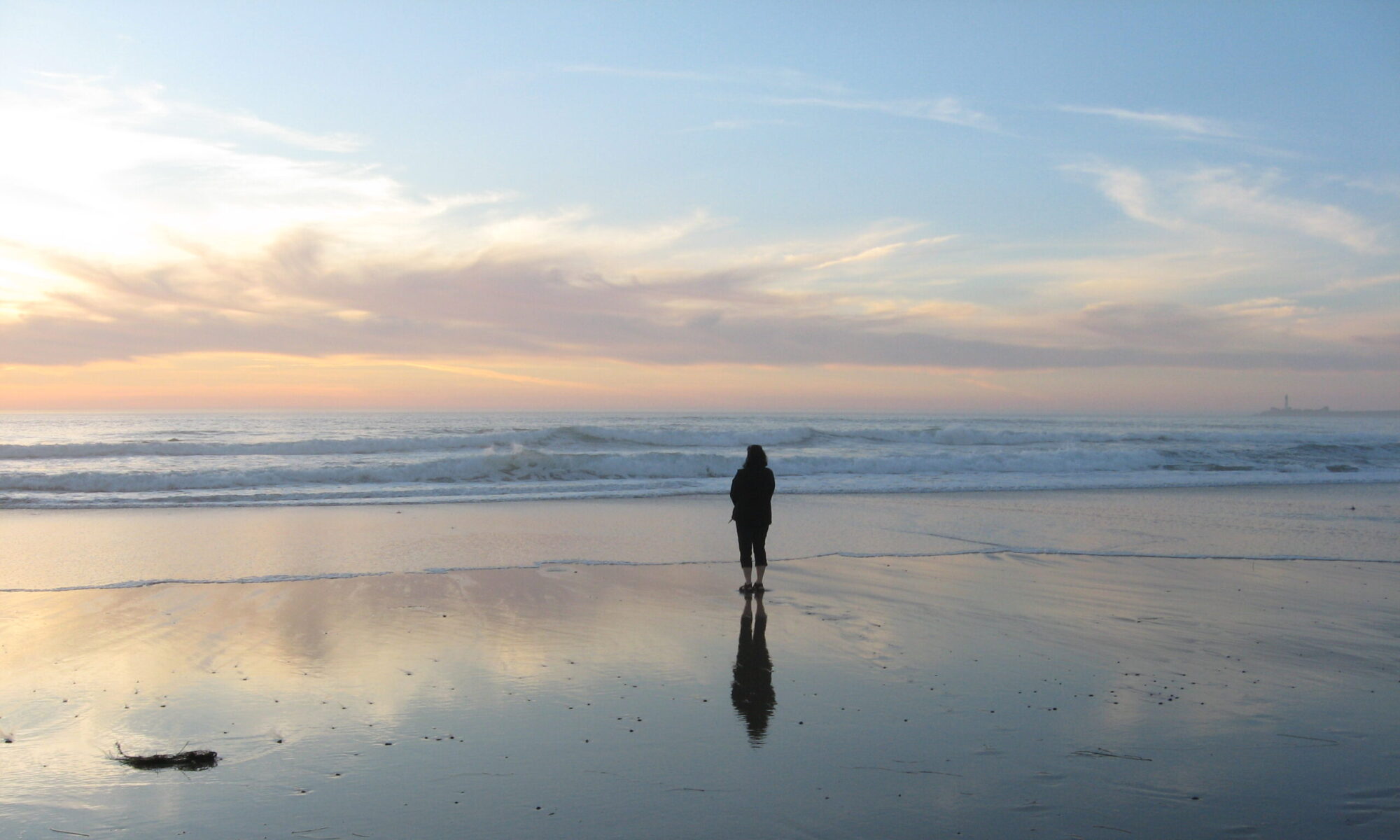When I create art, whether it be drawing, painting, or sculpture, I begin by asking myself, what do I love about this? It then becomes my job to communicate that particular catalyst to the viewer in a compelling way. I then find the line of action or momentum in the subject. The gesture is the heart of all work. I then create the form with broad strokes or big actions. This is the foundation. Finally, I work the surface. I express the details and components using exaggeration and de-emphasis to guide the viewer to see what I want them to see and allow them to interpret and react on a visceral or intellectual level.
I find the fusion of disparate art forms and techniques results in truly unique and synergistic results. As an undergraduate, I produced a fusion of Pre- and Post-Christian Celtic ceramic sculpture which was then fired with the Japanese firing process of Raku. The result were pieces with a finish that emulated metal with the patina of ancient artifacts. This was a very complex and risky process as Celtic work is very detailed, delicate, and fragile whereas Raku is possibly one of the harshest and unforgiving of ceramic firing processes. Thematically, I incorporated, either together or separately, pre-Christian elements and expression in the post-Christian pieces and vice versa. The best example of this would be the twin Raku-fired plates one portraying St. Michael slaying the serpent (to symbolize pagan religions) and the other portraying the White Goddess being upheld by the serpent. The display of the two pieces side by was evocative and served as narration for the basis of the exhibit.
I have worked with the internationally recognized traditional Chinese painter He Yuanming to explore adding non-traditional elements to traditional Chinese themes. This included, among other things, introducing a wide palette of watercolors to traditional black ink drawings and incorporating Western design elements to their composition. This collaboration become a two-way avenue of sharing cultures and traditions from which we both grew.
My recent concentration on drawing has become the drive to combine the technical skills and expressions of the Old Masters with modern subjects. I study DaVinci and Michelangelo at their starkest. Their sketch books and their raw studies. I look at their s-curves and their hatching and try to understand the technical decisions they made. I look to Reubens as a role-model of sorts as I work to examine his work for evidence of his journey merging the hard lines of the Flemish painters with which he trained with the elegant lines he discovered in Florence.
I make art almost every day. For the practice, certainly, but also to witness the magic and pure joy of seeing pieces mystically appear beneath the pencil or form beneath the hand.
